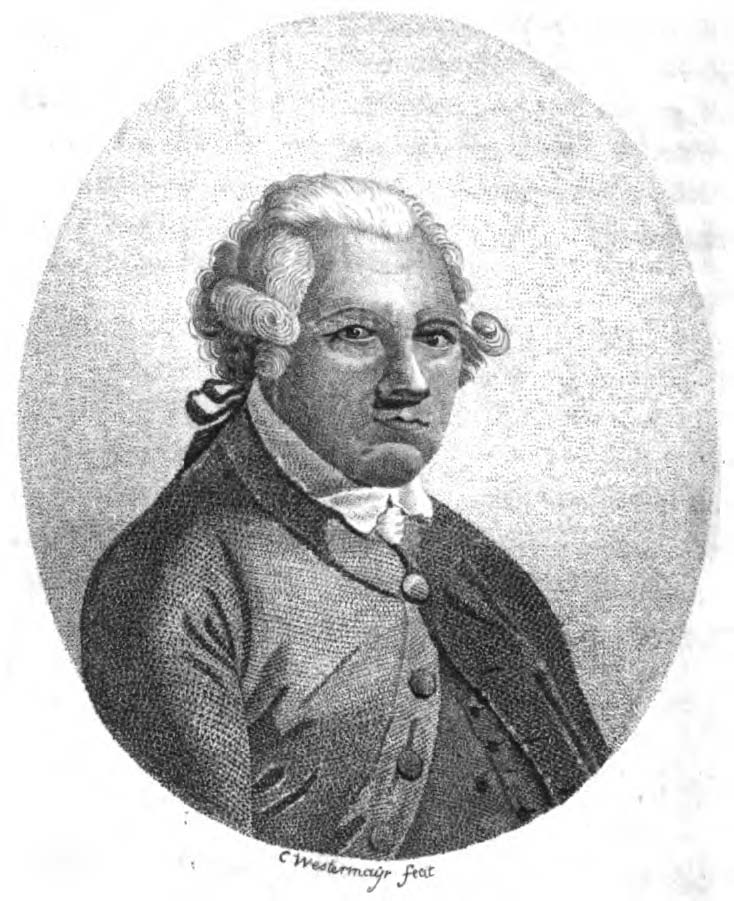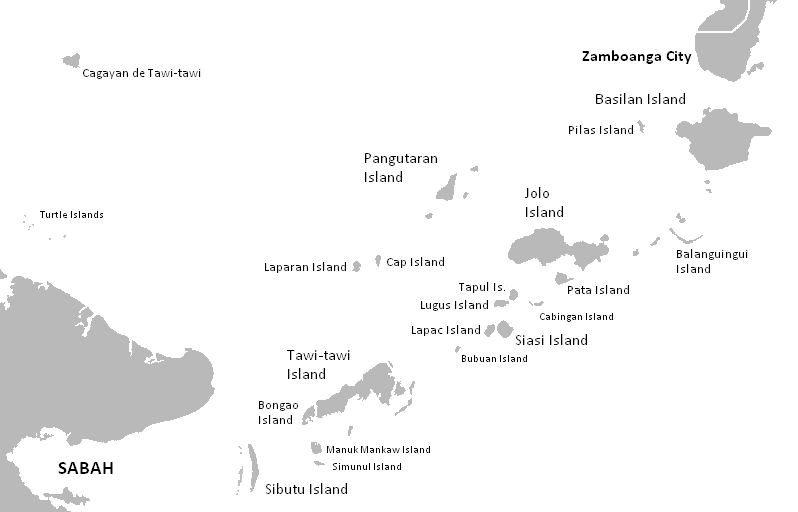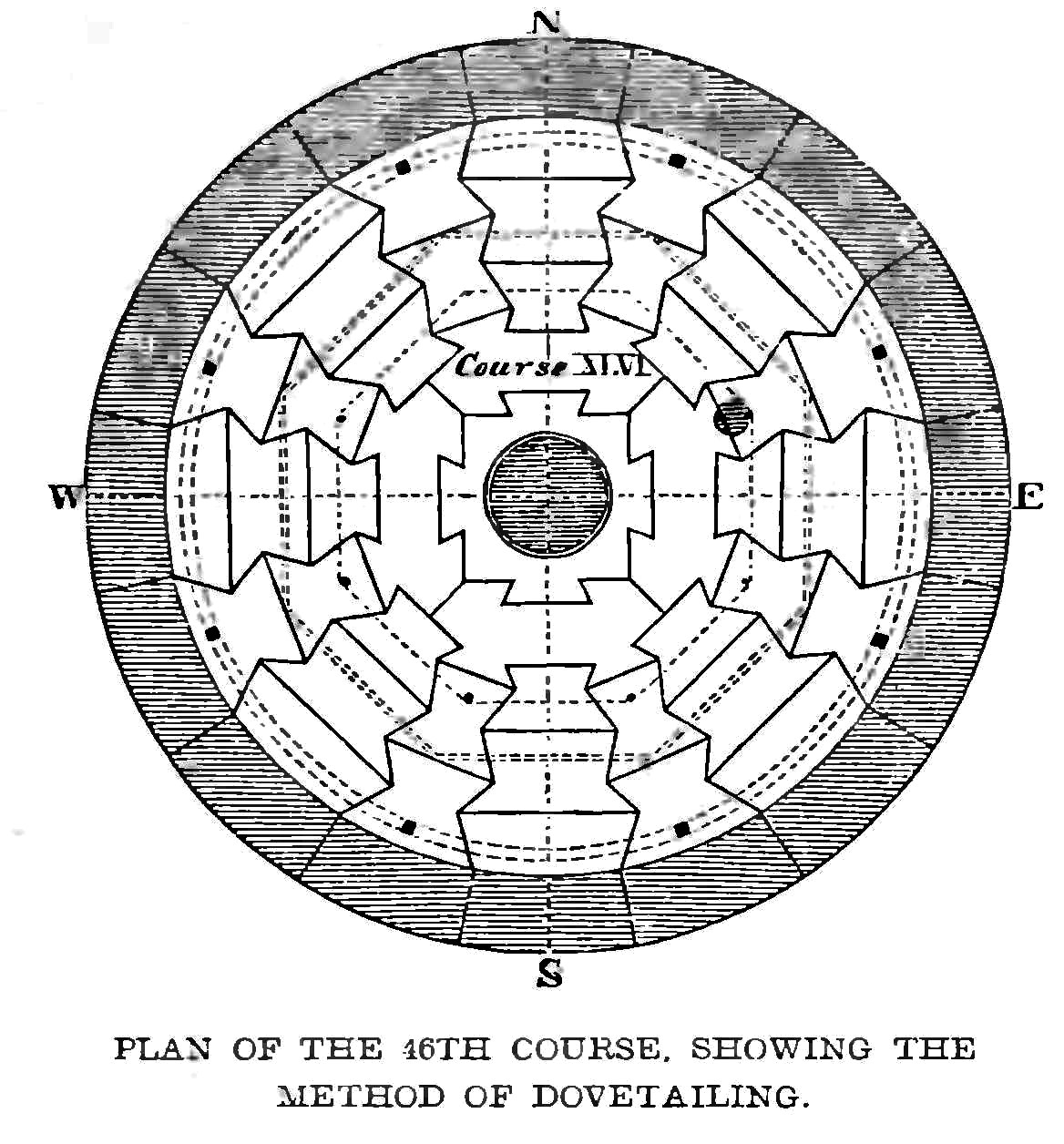|
Alexander Dalrymple
Alexander Dalrymple FRS (24 July 1737 – 19 June 1808) was a Scottish geographer and the first Hydrographer of the British Admiralty. He was the main proponent of the theory that there existed a vast undiscovered continent in the South Pacific, Terra Australis Incognita. He produced thousands of nautical charts, mapping a remarkable number of seas and oceans for the first time, and contributing significantly to the safety of shipping. His theories prompted a number of expeditions in search of this mythical land, until James Cook's second journey (1772–1775) led to the conclusion that, if it did exist, it was further south than the 65° line of latitude South. Life Dalrymple was born at Newhailes, near Edinburgh, the eleventh of fifteen children of Sir James Dalrymple and his wife, Lady Christian Hamilton, the daughter of the Earl of Haddington. He went to London in 1752 and was appointed a writer in the British East India Company, being first posted to Madras. He ... [...More Info...] [...Related Items...] OR: [Wikipedia] [Google] [Baidu] |
Alexander Dalrymple AGE V07 1801
Alexander is a male given name. The most prominent bearer of the name is Alexander the Great, the king of the Ancient Greek kingdom of Macedonia (ancient kingdom), Macedonia who created one of the largest empires in ancient history. Variants listed here are Aleksandar, Aleksander and Aleksandr. Related names and diminutives include Iskandar, Alec, Alek, Alex, Alexandre (given name), Alexandre, Aleks (given name), Aleks, Aleksa (given name), Aleksa and Sander (name), Sander; feminine forms include Alexandra, Alexandria (given name), Alexandria, and Sasha (name), Sasha. Etymology The name ''Alexander'' originates from the (; 'defending men' or 'protector of men'). It is a compound of the verb (; 'to ward off, avert, defend') and the noun (, genetive, genitive: , ; meaning 'man'). It is an example of the widespread motif of Greek names expressing "battle-prowess", in this case the ability to withstand or push back an enemy shield wall, battle line. The earliest Attested langua ... [...More Info...] [...Related Items...] OR: [Wikipedia] [Google] [Baidu] |
Sultanate Of Sulu
The Sultanate of Sulu ( Tausūg: ''Kasultanan sin Sūg'', كاسولتانن سين سوڬ; Malay: ''Kesultanan Sulu''; fil, Sultanato ng Sulu; Chavacano: ''Sultanato de Sulu/Joló''; ar, سلطنة سولك) was a Muslim state that ruled the Sulu Archipelago, parts of Mindanao and certain portions of Palawan in today's Philippines, alongside parts of present-day Sabah, North and East Kalimantan in north-eastern Borneo. The sultanate was founded either on 17 November 1405 or 1457 by Johore-born explorer and religious scholar Sharif ul-Hashim. ''Paduka Mahasari Maulana al Sultan Sharif ul-Hashim'' became his full regnal name, ''Sharif-ul Hashim'' is his abbreviated name. He settled in Buansa, Sulu. After the marriage of Abu Bakr and a local ''dayang-dayang'' (princess) Paramisuli, he founded the sultanate. The sultanate gained its independence from the Bruneian Empire in 1578. At its peak, it stretched over the islands that bordered the western peninsula of Zamboan ... [...More Info...] [...Related Items...] OR: [Wikipedia] [Google] [Baidu] |
New Guinea
New Guinea (; Hiri Motu: ''Niu Gini''; id, Papua, or , historically ) is the world's second-largest island with an area of . Located in Oceania in the southwestern Pacific Ocean, the island is separated from Australia by the wide Torres Strait, though both landmasses lie on the same continental shelf. Numerous smaller islands are located to the west and east. The eastern half of the island is the major land mass of the independent state of Papua New Guinea. The western half, known as Western New Guinea, forms a part of Indonesia and is organized as the provinces of Papua, Central Papua, Highland Papua, South Papua, Southwest Papua, and West Papua. The largest cities on the island are Jayapura (capital of Papua, Indonesia) and Port Moresby (capital of Papua New Guinea). Names The island has been known by various names: The name ''Papua'' was used to refer to parts of the island before contact with the West. Its etymology is unclear; one theory states that ... [...More Info...] [...Related Items...] OR: [Wikipedia] [Google] [Baidu] |
Luis Váez De Torres
Luis is a given name. It is the Spanish form of the originally Germanic name or . Other Iberian Romance languages have comparable forms: (with an accent mark on the i) in Portuguese and Galician, in Aragonese and Catalan, while is archaic in Portugal, but common in Brazil. Origins The Germanic name (and its variants) is usually said to be composed of the words for "fame" () and "warrior" () and hence may be translated to ''famous warrior'' or "famous in battle". According to Dutch onomatologists however, it is more likely that the first stem was , meaning fame, which would give the meaning 'warrior for the gods' (or: 'warrior who captured stability') for the full name.J. van der Schaar, ''Woordenboek van voornamen'' (Prisma Voornamenboek), 4e druk 1990; see also thLodewijs in the Dutch given names database Modern forms of the name are the German name Ludwig and the Dutch form Lodewijk. and the other Iberian forms more closely resemble the French name Louis, a deri ... [...More Info...] [...Related Items...] OR: [Wikipedia] [Google] [Baidu] |
British Occupation Of Manila
The British occupation of Manila was an episode in colonial history of the Philippines when the Kingdom of Great Britain occupied the Spanish colonial capital of Manila and the nearby port of Cavite for twenty months from 1762 to 1764. The occupation was an extension of the larger Seven Years' War between Britain and France, which Spain had recently entered on the side of the French. The British wanted to use Manila as an entrepôt for trade in the region, particularly with China.Danley & Speelman pp 463-64 In addition, the Spanish agreed to deliver a ransom to the British in exchange for the city being spared from any further sacking. The resistance from the provisional Spanish colonial government established by members of the Royal Audience of Manila led by Lieutenant Governor Simón de Anda y Salazar and their Filipino troops prevented British forces from expanding their control of the territory beyond the neighbouring towns of Manila and Cavite. Background At the ... [...More Info...] [...Related Items...] OR: [Wikipedia] [Google] [Baidu] |
Beaufort Scale
The Beaufort scale is an empirical measure that relates wind speed to observed conditions at sea or on land. Its full name is the Beaufort wind force scale. History The scale was devised in 1805 by the Irish hydrographer Francis Beaufort (later Rear Admiral), a Royal Navy officer, while serving on . The scale that carries Beaufort's name had a long and complex evolution from the previous work of others (including Daniel Defoe the century before) to when Beaufort was Hydrographer of the Navy in the 1830s, when it was adopted officially and first used during the voyage of HMS ''Beagle'' under Captain Robert FitzRoy, who was later to set up the first Meteorological Office (Met Office) in Britain giving regular weather forecasts. In the 18th century, naval officers made regular weather observations, but there was no standard scale and so they could be very subjective – one man's "stiff breeze" might be another's "soft breeze". Beaufort succeeded in standardising the ... [...More Info...] [...Related Items...] OR: [Wikipedia] [Google] [Baidu] |
Francis Beaufort
Rear-Admiral Sir Francis Beaufort (; 27 May 1774 – 17 December 1857) was an Irish hydrographer, rear admiral of the Royal Navy, and creator of the Beaufort cipher and the Beaufort scale. Early life Francis Beaufort was descended from French Protestant Huguenots, who fled the French Wars of Religion in the sixteenth century. His parents moved to Ireland from London. His father, Daniel Augustus Beaufort, was a Protestant clergyman from Navan, County Meath, Ireland, and a member of the learned Royal Irish Academy. His mother Mary was the daughter and co-heiress of William Waller, of Allenstown House. Francis was born in Navan on 27 May 1774. He had an older brother, William Louis Beaufort and three sisters, Frances, Harriet, and Louisa. His father created and published a new map of Ireland in 1792. Francis grew up in Wales and Ireland until age fourteen. He left school and went to sea, but never stopped his education. By later in life, he had become sufficiently sel ... [...More Info...] [...Related Items...] OR: [Wikipedia] [Google] [Baidu] |
Copley Medal
The Copley Medal is an award given by the Royal Society, for "outstanding achievements in research in any branch of science". It alternates between the physical sciences or mathematics and the biological sciences. Given every year, the medal is the oldest Royal Society medal awarded and the oldest surviving scientific award in the world, having first been given in 1731 to Stephen Gray, for "his new Electrical Experiments: – as an encouragement to him for the readiness he has always shown in obliging the Society with his discoveries and improvements in this part of Natural Knowledge". __TOC__ History The medal was created following a donation of £100 to be used for carrying out experiments by Sir Godfrey Copley, for which the interest on the amount was used for several years. The conditions for the medal have been changed several times; in 1736, it was suggested that "a medal or other honorary prize should be bestowed on the person whose experiment should be best approved ... [...More Info...] [...Related Items...] OR: [Wikipedia] [Google] [Baidu] |
John Smeaton
John Smeaton (8 June 1724 – 28 October 1792) was a British civil engineer responsible for the design of bridges, canals, harbours and lighthouses. He was also a capable mechanical engineer and an eminent physicist. Smeaton was the first self-proclaimed "civil engineer", and is often regarded as the "father of civil engineering".Mark Denny (2007). "Ingenium: Five Machines That Changed the World". p. 34. JHU Press. He pioneered the use of hydraulic lime in concrete, using pebbles and powdered brick as aggregate. Smeaton was associated with the Lunar Society. Law and physics Smeaton was born in Austhorpe, Leeds, England. After studying at Leeds Grammar School he joined his father's law firm, but left to become a mathematical instrument maker (working with Henry Hindley), developing, among other instruments, a pyrometer to study material expansion. In 1750, his premises were in the Great Turnstile in Holborn. He was elected a Fellow of the Royal Society in 1753 and ... [...More Info...] [...Related Items...] OR: [Wikipedia] [Google] [Baidu] |
Civil Engineer
A civil engineer is a person who practices civil engineering – the application of planning, designing, constructing, maintaining, and operating infrastructure while protecting the public and environmental health, as well as improving existing infrastructure that may have been neglected. Civil engineering is one of the oldest engineering disciplines because it deals with constructed environment including planning, designing, and overseeing construction and maintenance of building structures, and facilities, such as roads, railroads, airports, bridges, harbors, channels, dams, irrigation projects, pipelines, power plants, and water and sewage systems. The term "civil engineer" was established by John Smeaton in 1750 to contrast engineers working on civil projects with the military engineers, who worked on armaments and defenses. Over time, various sub-disciplines of civil engineering have become recognized and much of military engineering has been absorbed by civil engineering. ... [...More Info...] [...Related Items...] OR: [Wikipedia] [Google] [Baidu] |
Royal Society
The Royal Society, formally The Royal Society of London for Improving Natural Knowledge, is a learned society and the United Kingdom's national academy of sciences. The society fulfils a number of roles: promoting science and its benefits, recognising excellence in science, supporting outstanding science, providing scientific advice for policy, education and public engagement and fostering international and global co-operation. Founded on 28 November 1660, it was granted a royal charter by King Charles II as The Royal Society and is the oldest continuously existing scientific academy in the world. The society is governed by its Council, which is chaired by the Society's President, according to a set of statutes and standing orders. The members of Council and the President are elected from and by its Fellows, the basic members of the society, who are themselves elected by existing Fellows. , there are about 1,700 fellows, allowed to use the postnominal title FRS ( Fellow of ... [...More Info...] [...Related Items...] OR: [Wikipedia] [Google] [Baidu] |
Alimuddin I
Muhammad Azim ud-Din I ( ar , مُحَمَّدعلیم الدین, Jawi:محمدعلیم الدیند also Muhammad Alimuddin; Christian Name: Don Fernando de Alimuddin) was Sultan of Sulu from 1735 to 1748, and again from 1764 until his abdication in 1774. He was briefly converted to Catholicism under the name Fernando until he returned to Sulu and reverted to Islam, dying as a Muslim. Early life The young Alimuddin initially attended the school of his father, Badar ud-Din I, and was later sent to Batavia, Dutch East Indies, to complete his education. There he became proficient in Arabic and Malay, and gained mastery of the Qur'an. First reign Azim ud-Din I acceded the throne in 1732 after his father abdicated, but only assumed full powers and formal recognition in 1735 when his cousin, Nasar ud-Din, abandoned claims to the throne. One of the earliest events in the reign of Azim ud-Din I was his ratification of the Treaty of 1737. He was represented in Manila by Da ... [...More Info...] [...Related Items...] OR: [Wikipedia] [Google] [Baidu] |







